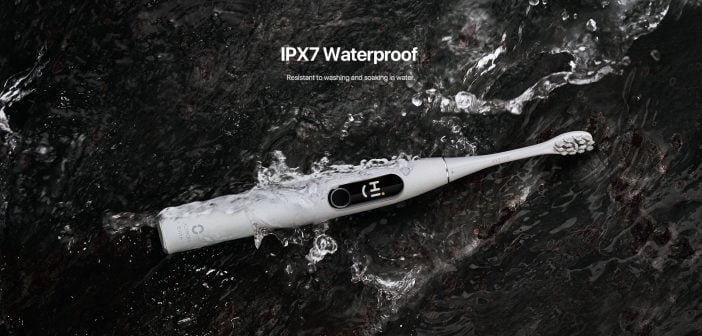At present, there are many activity trackers that measure our physical state and monitor our health, such as those equipped with heart rate monitor for example. However, in the future, these wearables could be used to measure our mental well-being, following the mode of “mindfulness”.Let’s call them mental smart health devices.
Wearable manufacturers have begun to take an interest in mindfulness by offering products to combat stress, such as the jewel connected Leaf or the Feel that recognizes the emotions of its user and allows to set goals to reach concerning The well-being. The biggest names in the industry have also taken their first steps towards measuring mental well-being, such as Fitbit with Charge 2, which provides breathing tips for relaxation. However, is it really possible to measure values such as mindfulness or relaxation that seem difficult to quantify?
Heart rhythm at the heart of mental well-being
To measure the degree of relaxation, heart rate is an important indicator, especially heart rate variability (HRV). While breathing is easier to watch for connected wristband manufacturers, the majority being equipped with an accelerometer, others are more focused on VFC, such as Zensorium. This bracelet would even be able to tell the difference between good and bad stress.
Fitbit has also taken a first step in this direction. Charge 2 provides the user with a combination of breathing and heart rate data that allows him to lower the heart rate. It gets somehow an indication of its level of relaxation, even if these results are not as accurate as those obtained with a specific device.
However, while these data provide insights into our state of stress and relaxation, they are not the only parameters that come into play in mental well-being and mindfulness. Feelings and emotions must also be taken into account but is it possible to quantify these factors?
Mental well-being: watch your breathing
Relaxation is also closely related to physical factors but mindfulness, however, seems a difficult or impossible to measure. Nevertheless, breathing would play a big role in relaxation sessions. Thus, the practice of mindfulness involves the control of one’s breath. The way we breathe, including exhalation, is important in the relaxation and evacuation of stress and anxiety.
Breathing is the only physiological factor that humans can control. Our breathing represents our state of mind, so it would be possible to influence it by controlling his breathing. It seems logical that some bracelets connected use the data of our breathing to know our degree of relaxation. Connected objects use sensors like an accelerometer to measure our breathing. In addition, they also help users breathe better, giving them relaxation tips. The guides offered by the Fitbit Charge 2 or Apple for example allow you to visualize your breathing through an application. A first step towards mindfulness.
Wearables such as LEAF, previously cited, or Prana, go further by informing their users of their state of stress according to their breathing. They can then determine the source of this stress and even alert users when their breathing becomes agitated.
 Can serenity really be measured by mental smart health devices?
Can serenity really be measured by mental smart health devices?
If certain physical indicators come into play in our level of relaxation and well-being and it will always be possible to obtain results thanks to ever more sophisticated algorithms, the technology still has its limits. She can not take into account everyone’s feelings and her interpretation of relaxation and mindfulness.
Achieving a certain serenity or a certain level of relaxation is not the same as reaching your daily goals such as performing 30 minutes of physical activity or burning so many calories. If technology can provide solutions, the user remains responsible for himself.
It is possible to measure physical changes over time, but in the end it remains difficult to define whether these changes will have any impact on the mind. Activity trackers will never tell users what they think or how they feel.
As many mental smart health results as individuals
Mental well-being is definitely linked to physiological factors such as heart rate, breathing or blood pressure, which can currently easily be measured via bracelets and other connected objects.










